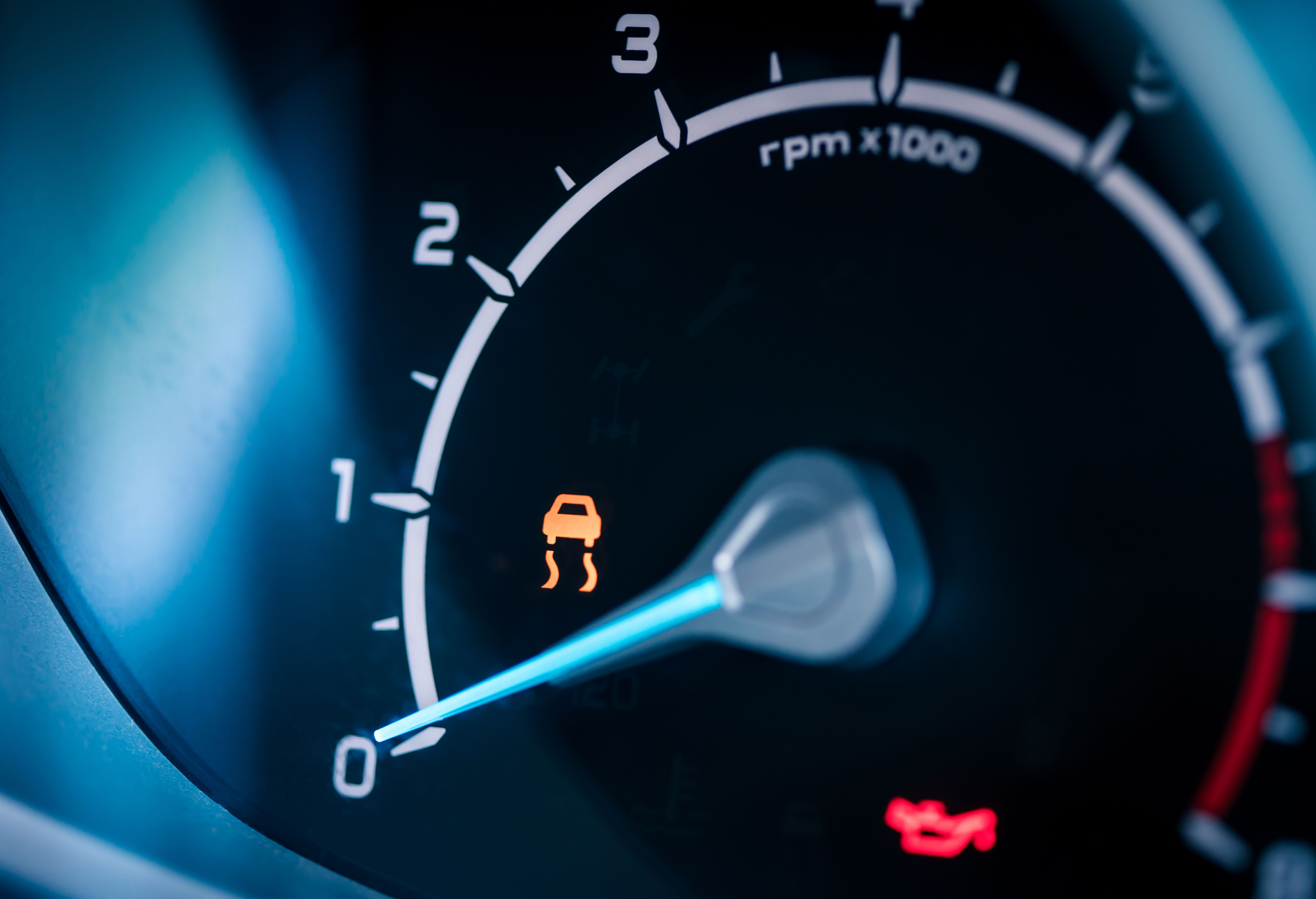Have you ever taken a spin in an old car and wondered how great life would be if you could reduce its traction and improve stability? If you haven't heard of electronic stability control before, then you'll undoubtedly want to know more about it.
Electronic stability control improves the comfort level and functionality of driving by giving the driver a firmer command of their ride and enhancing overall safety. Notably, electronic stability control was one of the very first (hence among the oldest and most tested) safety feature systems to be added to vehicles to prevent accidents, a fact that should give peace of mind to anyone with this feature in their car.
We'll take a closer look at this feature and how it works. First, let's explain a little more about what electronic stability control is.
Electronic Stability Control Provides Additional Safety
Electronic Stability Control (ESC), also referred to as a vehicle's electronic stability program (ESP), is the way in which a vehicle detects and reduces loss of traction in order to gain more control. It also helps prevent skidding. ESC was first introduced in 1983 to help limit a vehicle's vulnerability to accidents from a loss of stabilization. It was initially tested as an electronic system in the Toyota Crown and has since been used in various manufacturers' warehouses across the world to prevent accidents.
Typically, a vehicle's ESC system only intervenes when it recognizes that there has been a loss of control. When in action, it detects and acts much faster to skidding and loss of control than a human does, handling the situation in just the right way. However, this does not mean that a driver should become lazy and allow the ECS to overpower the car's abilities and safety.
ESC Is An Intelligent System
To make the most out of an electronic stability control system, you need to know how it works. A vehicle knows which way it is going and what speed and lateral acceleration it's clocking. By adding the two together, the ESC system will acknowledge when a vehicle isn't responding in the right way and, therefore, comes into action.
For instance, if a car is approaching a bend too quickly, the ESC will kick in and break the inner wheels to slow the car down and help the driver gain better control.
Electronic stability control is a system used to prevent accidents. It isn't designed to increase performance. Thus, to get the most out of ESC, it is important to drive carefully. It will help when it needs to, although you shouldn't rely on it. It is simply there to help improve the stability of the vehicle and reduce traction, and essentially exists as a backup safety feature.
The ESC was no doubt a fantastic invention. By helping prevent accidents, it protects drivers on the road and improves the ability of a car to avoid skidding and instability.

-1.jpg)

